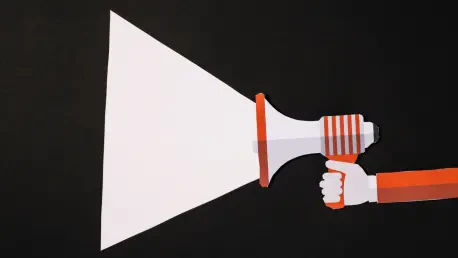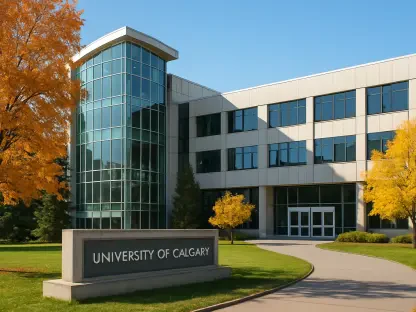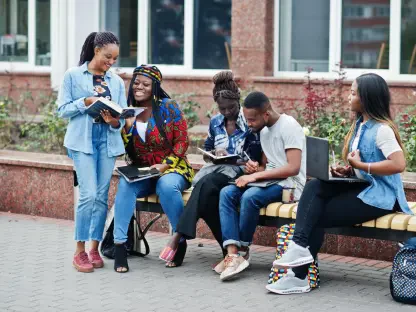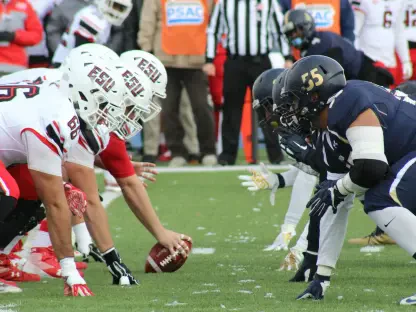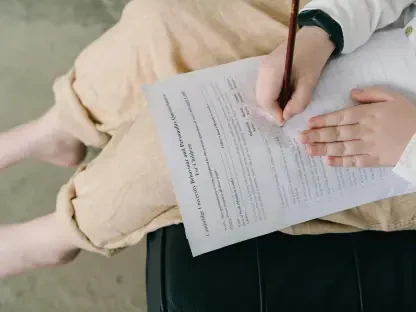As we delve into the complex landscape of higher education policy and free speech, I’m thrilled to sit down with Camille Faivre, a renowned education expert specializing in education management. With her extensive experience supporting institutions in navigating post-pandemic challenges, including the development of open and e-learning programs, Camille offers a unique perspective on the contentious issues surrounding academic freedom and university administration. Today, we’re focusing on a recent high-profile case at Texas State University involving the firing and reinstatement of a professor over allegations of inciting violence. Our conversation explores the nuances of this incident, the broader implications for free speech on campus, and the delicate balance between institutional policies and individual rights.
Can you walk us through the key events that led to the initial firing of the professor on September 10?
Certainly. The professor was terminated after a video clip surfaced on social media showing him speaking at an online socialist conference. The university administration interpreted his remarks as advocating for inciting violence, which they deemed a serious breach of conduct. This decision came shortly after his tenure officially began, amplifying the shock and controversy surrounding the abrupt dismissal.
What was the content of the video that sparked this intense reaction from the university?
The video in question captured the professor discussing political organization. In the full context, he critiqued certain anarchist actions, questioning their purpose while also making pointed remarks about the United States as a powerful, profit-driven entity. However, the viral snippet shared online only included the latter part of his statement, which painted a more inflammatory picture and stripped away the nuanced critique he was attempting to convey.
How did the professor respond to his termination, and what were the core issues he raised?
He responded by filing a lawsuit against the university, arguing that his dismissal violated due process. His primary contention was that the university acted hastily without following proper protocols or giving him a fair chance to defend his statements. This legal challenge highlighted significant concerns about how academic institutions handle allegations of misconduct tied to speech.
What unfolded after the court decided to reinstate him temporarily?
Following the court’s injunction, the professor was reinstated with pay, but notably, he wasn’t allowed to return to teaching. The university stated they would review his case through their standard faculty investigative process, signaling an intent to reassess the situation more thoroughly while the legal proceedings continued.
Can you explain the university’s rationale behind their final decision to terminate him again?
After what they described as a thorough review of his conduct and the evidence presented during a due process hearing, the university decided to terminate his employment once more, effective immediately. They chose not to elaborate further on their reasoning, which has left some questions unanswered about the specific findings or criteria that led to this outcome.
How does this case reflect broader patterns in the university’s approach to handling speech-related controversies?
This incident isn’t isolated. The university has faced criticism for other recent actions involving students and staff, such as expelling a student over online comments and firing a faculty recruiter for related remarks. These cases suggest a pattern of swift, sometimes preemptive responses to speech that the administration deems problematic, raising concerns about their commitment to fostering an environment of open dialogue.
What kind of support did the local community and political figures show in response to the initial firing?
There was significant pushback from the San Marcos community, including a rally organized by advocacy groups and local politicians demanding the professor’s reinstatement. Leaders like the Hays County Judge and a state representative voiced concerns about authoritarian overreach and the chilling effect of such administrative decisions on free expression, emphasizing the need to protect constitutional rights even amidst disagreement.
One political figure mentioned not aligning with all of the professor’s views while still defending his rights. Can you elaborate on that perspective?
Yes, this figure acknowledged a strong disagreement with some of the professor’s critiques, particularly his dismissal of certain political strategies as ineffective. Despite this, they staunchly supported his right to express those opinions, underscoring a fundamental belief that protecting free speech transcends personal or ideological differences—a principle they felt was at stake in this case.
What is your forecast for the future of free speech debates in higher education, especially in light of cases like this one?
I anticipate these debates will only intensify as universities grapple with balancing institutional values, public perception, and legal obligations. We’re likely to see more litigation as faculty and students push back against perceived overreach, while administrations may double down on policies to mitigate reputational risks. The challenge will be finding a middle ground that upholds academic freedom without compromising campus safety or cohesion, and I believe technology, like social media, will continue to amplify these conflicts by taking statements out of context. It’s a critical juncture for higher education to redefine how it navigates these tensions.
